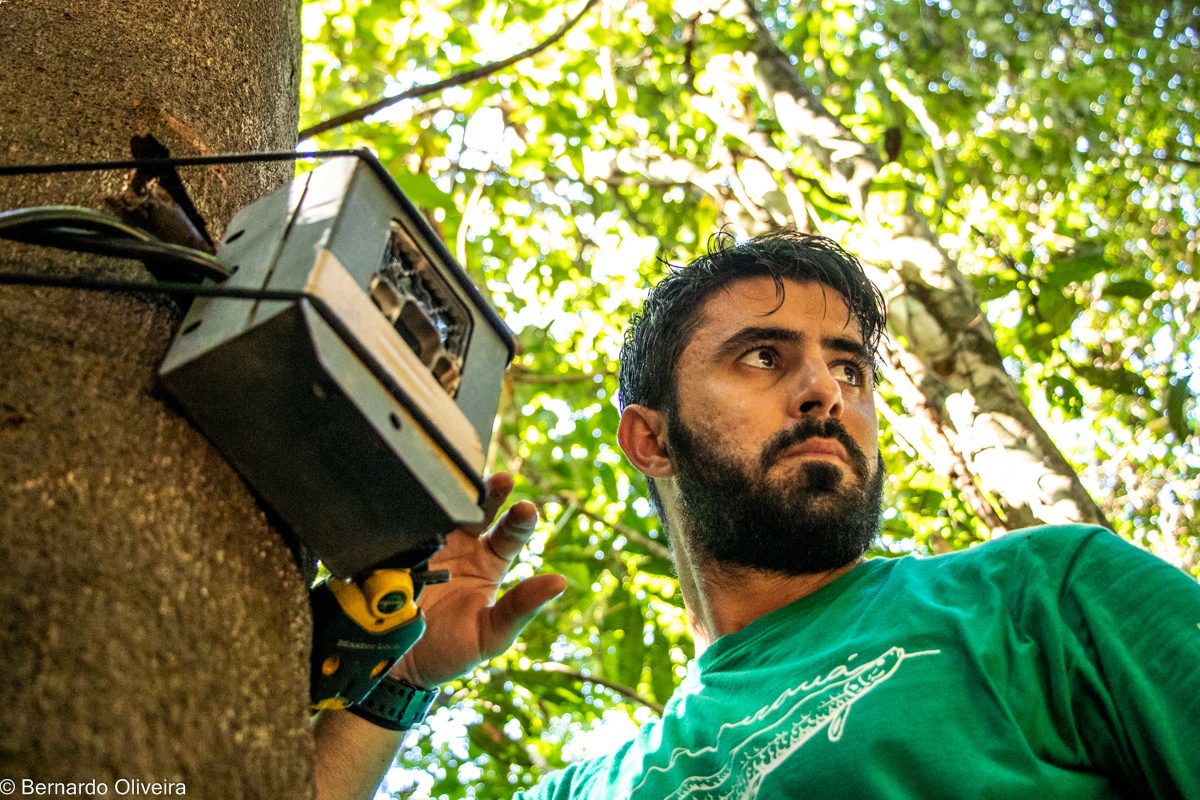Guilherme Costa Alvarenga
Research Students
I am originally from Brazil, and I have been involved with wildlife research and conservation since my bachelor’s degree in Biological Science at the National University of Lavras (UFLA). At this time, I engaged myself in small mammal ecology research in the most threatened Brazilian biomes, Atlantic Forest and Cerrado. After graduation, I joined the Felids Research Group at Mamirauá Institute (www.mamiraua.org), where I had the opportunity to work closely with Amazonian riverine people while developing research on jaguar ecology and conservation. In the following years, I completed a master’s in Ecology (National Institute for Amazonian Research – INPA) and a Diploma in International Wildlife Conservation Practice (Distinction – University of Oxford). Finally, in the last three years I held a position as a research analyst back at the Felids Research Group in Mamirauá Institute. There I coordinated three researchers in the following lines: (1) population dynamics, (2) habitat use and (3) human-carnivore conflict. Among my responsibilities, I participated actively in all project phases, from its conception to field activities, data analysis, and scientific writing. Also, I coordinated a community-based tourism of jaguar sighting, whose goal is to generate financial income for traditional communities and increase human acceptance toward the species.
During my doctorate, I’ll combine three areas of knowledge – movement ecology, human-carnivore conflict, and landscape analysis – developing the first landscape ecological modelled assessment of jaguar population connectivity across the entire geographical range of the species. Landscape modelling based on empirical data, such as GPS-collared animals, are important tools to understand how animals interact with the habitat and, for consequence, to direct conservation actions. My PhD proposal, for instance, seeks to reduce anthropogenic impacts on jaguar populations by enlightening core jaguar habitats and key dispersal corridors, as well as testing how future human-induced alterations in the habitat may impact the species on the Continent. My DPhil is a collaboration with Mamirauá Institute.
Selected Publications:
– Alvarenga, G. C.; Chiaverini, L.; Cushman, S.; Dröge, E.; Macdonald, D. W.; Kantek, D. L. Z.; Morato, R. G.; Thompson, J. J.; Oscar, R. B. L. M.; Abade, L.; Azevedo, F. C. C.; Ramalho, E. E.; Kaszta, Ż. Multi-scale path-level analysis of jaguar habitat use in the Pantanal ecosystem. Biological Conservation, 253, 108900, 2021.
– Alvarenga, G. C.; Ramalho, E. E.; Baccaro, F. B.; Rocha, D. G.; Ferreira-Ferreira, J.; Bobrowiec, P. E. D. Spatial patterns of medium and large size mammal assemblages in várzea and terra firme forests, Central Amazonia, Brazil. PLoS One, v. 13, p. e0198120, 2018.”






